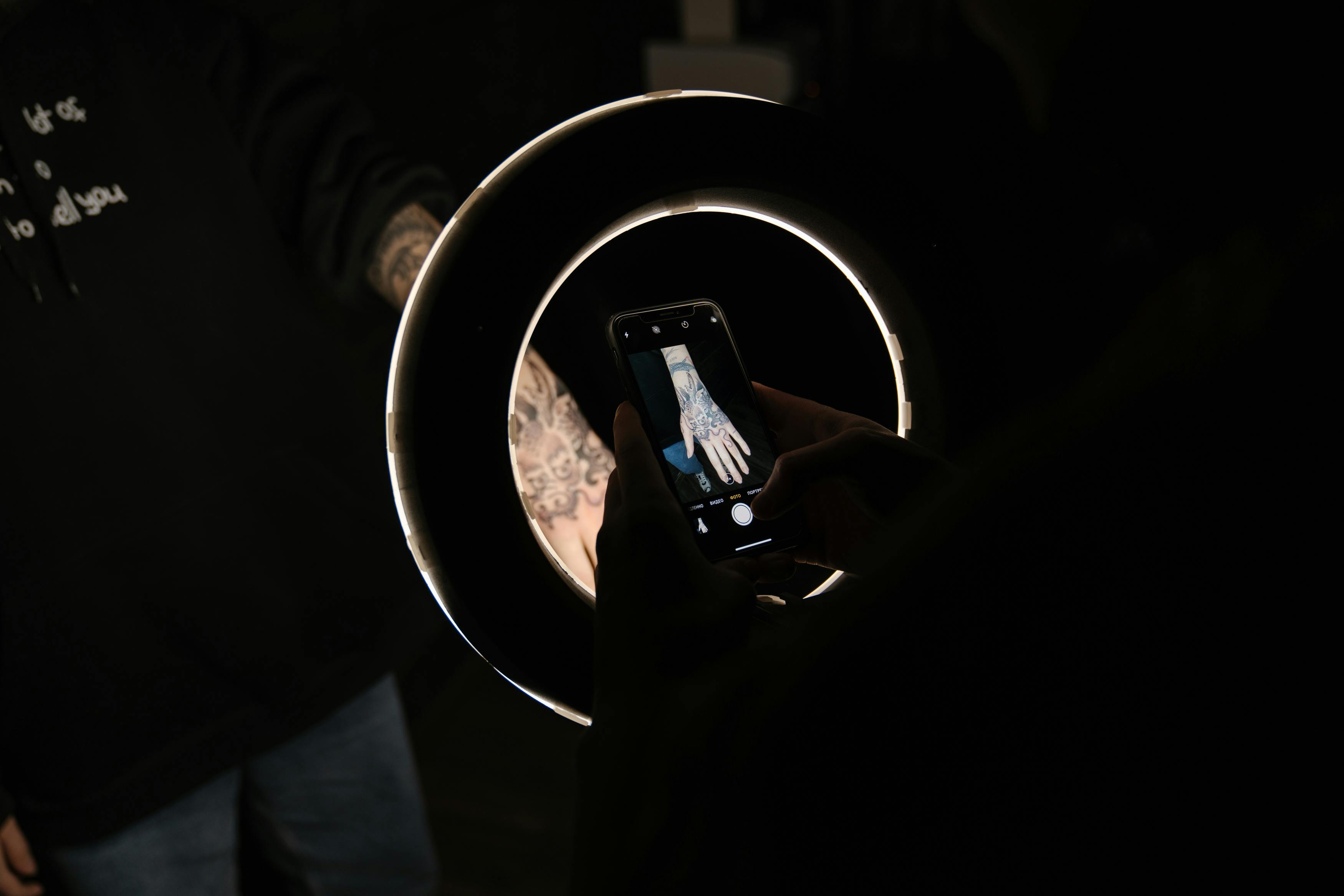One of the most interesting assemblies in building a model ship is the chain plate assembly.
Chain plate assemblies and dead eyes were part of a sailing ship’s permanent rigging. These were to attach the lower ends of the shrouds to the side of the ship. Shrouds were the ropes that stabilized the masts and held them firmly in place. The strings of the shrouds passed through the holes of the dead eyes. In this way they could be tensioned periodically without reducing the tension of the masts. Conveniently, the shrouds provided a kind of ladder, ratlines, allowing sailors to climb various levels of the masts.
Plates were used by all countries at the beginning of the 17th century. Chains then prevailed until the mid-17th century, after which some countries such as Great Britain returned to using plates. Chain plates get their name from the old wooden ships that used to use tarred manila or hemp rope along with dead eyes and safety lines to tension the rig. Chain plates can be one of several iron strips, chains, or a combination of iron links and straps. One dead eye would be attached to the end of the room, while the other dead eye would be chained to a chain or link that would be connected to a plate that would be attached to the columns (hull). This plate was called the chain.
Through the use of chain plates and other rigging devices, sailboats can better support complex rigging systems and components. The weight of a sailboat’s shrouds and other stays is spread across the hull, along the deck, and against framing components through the use of chain plates and notches. Several holes in the body of a chain plate allow offset between various bolts where the chain plate is attached to the hull.
Construction:
A chain plate is the thick iron plate bolted to the side of the ship to which the chains and dead eyes are attached. The chain plate and chains typically consisted of 5 parts, the bottom dead eye and top link, a mid link, nose link, bolts, and a preventer link (or chain plate). The top link surrounds the bottom dead eye, the middle link connects to the top link at the top, and the foot link at the bottom. The tip link is connected to the preventer link. The prevention link was bolted to the outer plank.
The lower dead eye has to be bound with metal. The length of the metal loop at the bottom depends on whether you are using plates or chains. Also consider that the channel or chains are used to keep the assembly some distance from the hull, so make sure they are wide enough on your model ship. Curiously, the mizzen mast channel was quite rudimentary and often did not even exist. If using chains, the loop should be long enough to go under the bottom side of the channel and act as the first link of the chain. If using plates, the loop should only be long enough to hang just below the channel and allow the plate to hook onto it. The ship modeler can form the strap using wire and starting from the bottom of the dead eye and working up. Start by creating the loop and then loop the wire around the dead eye ending at the top. Poke two small holes in the top of the dead eye and thread the ends of the wire through the holes.
The lower dead eye can sit in a slot in the channel, directly in the channel, or elevated just above the channel, depending on the era of model ship you are building. The first plate of the chain should be perpendicular to the mast starting from the forward end and moving towards the stern. The balance of the chain plates should be slightly tilted as the assembly moves aft.
The ship modeler has a number of options when it comes to building chain plate assemblies. As usual, keep in mind the era and nationality of the ship model you are building. If you choose to use a solid piece of metal, regardless of shape, there should be at least two holes, one above the other, to attach it to the columns. And don’t forget to simulate the caulk around the bolt holes with drawing ink. The mid-top and finger links can be the same size or vary in length. Often the toe link will be the shortest.



